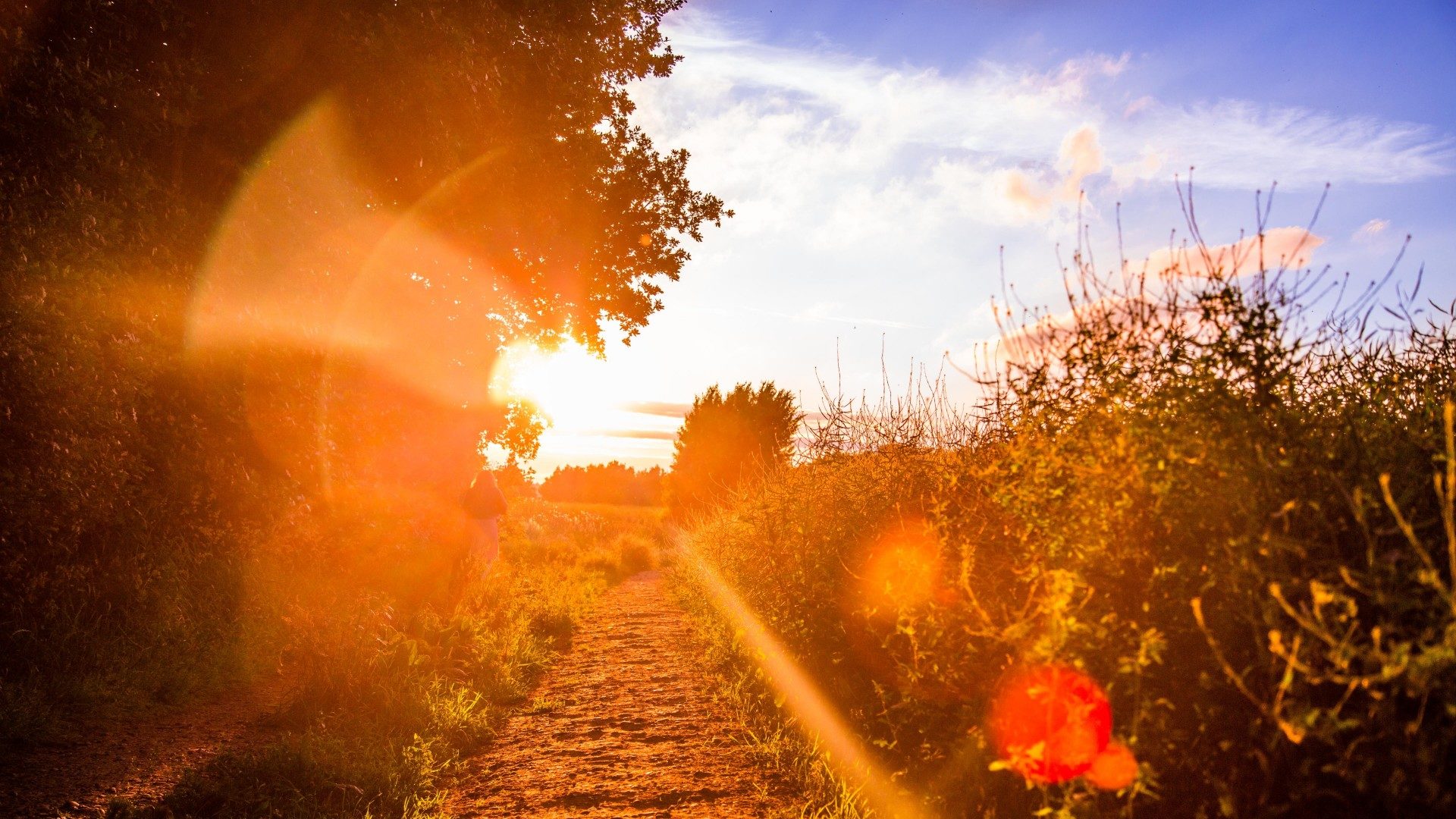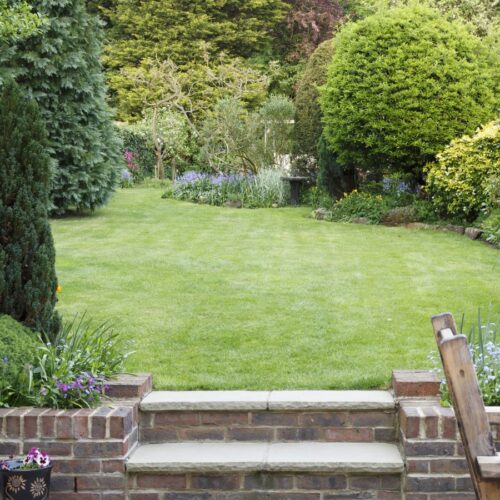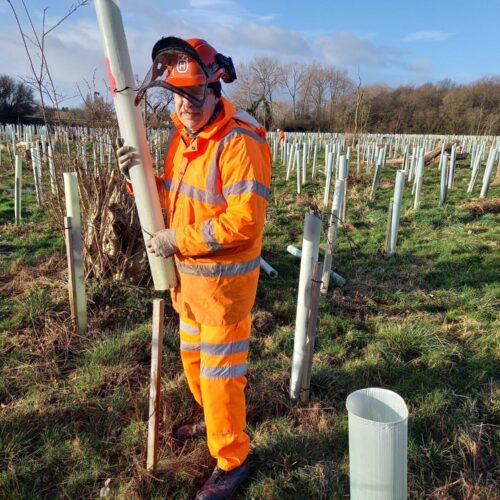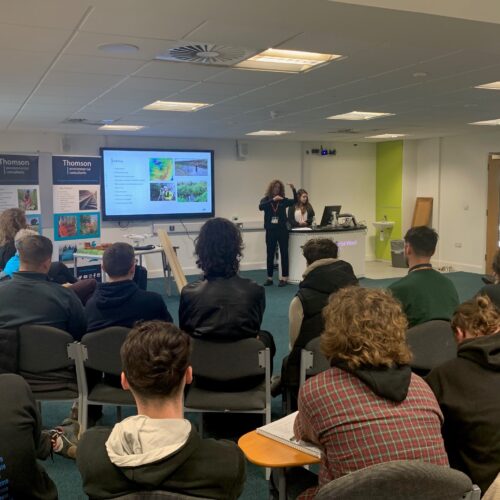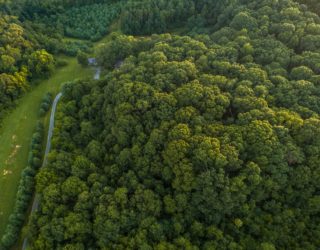There are established methods employed by landscape architects to evaluate the quality of a landscape. The processes of Landscape Visual Impact Assessment (LVIA) and Landscape Character Assessment (LCA) have been developed and refined over a number of years by industry professionals to ensure that we are able thoroughly and, within reason, objectively, assess the value of an area, or series of areas, for their visual and landscape quality and character.
Thomson Ecology, for example, has experienced staff who are able to carry out LVIAs and LCAs independently or as part of a wider Environmental Impact Assessment, to ensure that any potential developments would, if built, respond appropriately and sensitively to a place in their scale and design and so avoid
or mitigate negative impacts on a landscape.
However these assessments will not determine the financial value of a landscape – how it may contribute to the economic prosperity of the immediate and
wider area. This may be both directly, for example, through attracting visitors and their money, and indirectly, perhaps through improvements to the
local population’s health and wellbeing reducing their use of healthcare services and associated costs of treatment for physical and mental issues.
It may be an unpalatable fact, but money does make the world go round, and whether you’re a FTSE100 company or a local community garden initiative,
the stronger your financial base the more effective your services. So, if we want to deliver and maintain high quality, sustainable spaces that enhance
the lives of the community around them, realistically we have to be able to make a strong financial case, otherwise all the social, environmental and
cultural benefits that may come with a space will not be delivered.
Today there is more awareness surrounding this need. For example, in the US, research published in 2016 by Soofa (a technology-orientated research group
and think tank) indicated in their White Paper Smart Parks, that there is approximately $6.3bn spent per year on parks and recreation by the 100 largest
cities in the US, whilst the estimated yearly economic benefit of public parks was almost $133bn. They looked at a range of direct and indirect indicators,
from tourism ($494m generated) to stormwater management ($989m saving) and community cohesion ($557m value). However, perhaps one of the most influential figures is that, on average, parks are responsible for a 5% increase in the value of properties within 500 feet of them (a total of $102bn property
value increase). Given the current, highly competitive market drive to build and sell housing in the UK, can developers financially afford not to integrate
parks and green spaces into their schemes?
The London i-Tree Eco Project is another example of research looking to attribute a monetary value to landscape in an urban environment, this time focusing
on the value that trees offer London. The project surveyed the some 8.4 million trees in the city and examined just some of their economic benefits.
It concluded that trees in London sequester almost 2.4 million tonnes of carbon each year, worth £147m, and remove 2241 tonnes of pollutants from the
air each year, worth approximately £126m.
There is extensive research on the benefits of outdoor spaces on physical and mental health, from studies into the effects a view of a landscape can have
in improving recovery times for patients post surgery (Ulrich 1984), to recent (2016) Parliamentary POSTnotes summarising the research into benefits
of access to greenspaces on mental, physical and social wellbeing. Similarly community facilities, such as Hulme Community Garden Centre in Manchester,
use horticulture-based activities and training as a basis for therapy and enhancing social, mental and physical health. However, measuring and attributing
the financial benefits of outdoor spaces to health and wellbeing, amidst a myriad of other influencers, is incredibly complex. Soofa did manage to
do this, attributing a $9.68bn and $2.73bn value given by parks to physical and mental health respectively in the top 100 cities in the US. However,
more studies and figures of this nature need to be done to add weight to the language of the economics of greenspaces if we are going to see this translated
into improving funding for parks and external environments.
In the meantime, we as landscape architects and environmental professionals will need to become more aware of the financial gains our industry can offer.
I suspect most of us did not get into our environmental careers for the big bucks. Typically we are a group that care deeply for the natural world
– its protection and enhancement – and see its value in many other facets than just economic. However, to help us realise and deliver these benefits,
we may need to become more able and willing to research and communicate the financial benefits of our work, both within and beyond the site boundary,
so that we can indeed demonstrate that money does grow (by proxy) on trees.
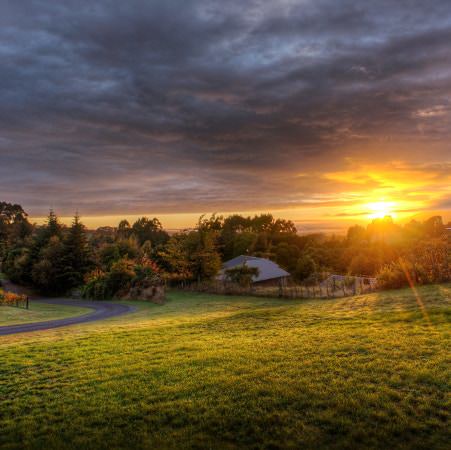
Image: Jasper Boer
